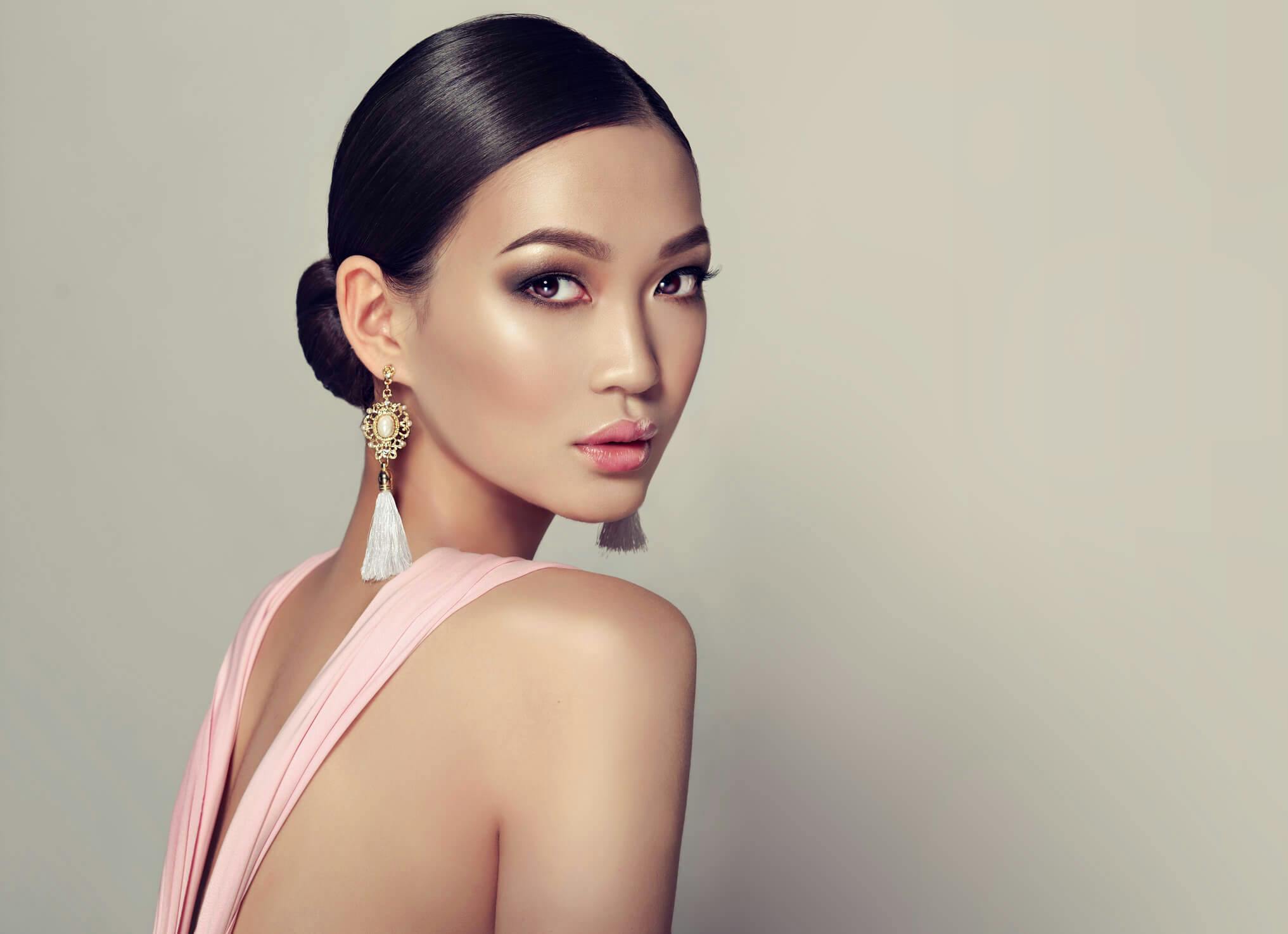Before Your Procedure: Establishing a Custom Surgical Plan
Asian rhinoplasty first involves an in-depth discussion of the outcome you envision and creating a realistic goal for your procedure. An Asian rhinoplasty will be performed with the utmost care so that incisions are hidden and virtually invisible. If any grafting is required to subtly build up the nose bridge, tissue is harvested from your own body. Some patients may be candidates for implants or dermal fillers to enhance the nose bridge. All of these options will be discussed prior to the surgery taking place. Dr. Kwak will evaluate whether your procedures will be a closed or open rhinoplasty.
Who is a Candidate for Asian Rhinoplasty?
Asian women or men who feel unhappy with the appearance of their nose or have suffered nose trauma may need to undergo reconstruction. If you experience any difficulty breathing through your nose or even if you want a subtle cosmetic adjustment, you are probably a candidate for Asian rhinoplasty.
Candidates are generally those who desire a cosmetic alteration, either to enhance the masculinity or femininity of their face, or to bring more subtlety, balance and beauty to their appearance while maintaining the most attractive features associated with a cultural identity.
![Asian Rhinoplasty]()
What are the Benefits of Asian Rhinoplasty Surgery in NYC?
Some of the many benefits of Asian rhinoplasty with Dr. Edward S. Kwak include:
- Knowing your plastic surgeon understands your cultural background and has a great depth of experience in Asian nose reshaping.
- Creating a balanced, harmonious, natural look to your nose that enhances your other features.
- Depending upon your need, can reduce nostril size, build up the nose bridge, or refine the tip so your nose is more attractive.
- Maintains and cultivates the beauty of the Asian aesthetic.
- Confidence that the outcome of your procedure will meet your expectations.
![Asian Rhinoplasty NY]()
Recovery After Asian Rhinoplasty
Recovery from a rhinoplasty procedure requires several weeks. You may require a splint and bandages for the first week, to ensure the first stage of recovery is optimal and your newly reshaped nose is held in place. Swelling and bruising will diminish within the first two weeks. In the first few days after the procedure, there is some discomfort, mainly a feeling of a “stuffy nose,” which is minimized with prescription pain relief.
There will be specific instructions to follow throughout your recovery and these should be strictly followed so your new nose heals quickly and correctly. Full results are achieved after about twelve months, but your reshaped nose is visible within a few weeks.
Accessibility: If you are vision-impaired or have some other impairment covered by the Americans with Disabilities Act or a similar law, and you wish to discuss potential accommodations related to using this website, please contact our Accessibility Manager at (212) 229-1100















